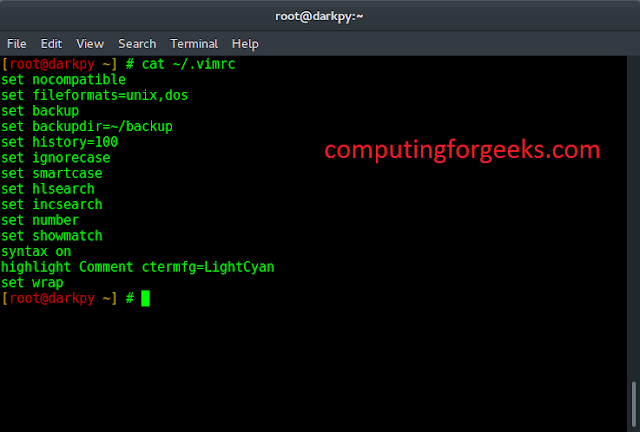Webinar Recap
I recently led a webinar about Consolidating Your SQL Server Environment On-Premises with my friend and fellow Microsoft MVP Mike Walsh of Straight Path Solutions. It focused on consolidating SQL Server environments across on-premises environments, including topics like:
- Times and scenarios where consolidation is most appropriate
- How to identify your best consolidation candidates
- Tips on consolidation targets, whether that be a single large instance with added databases or multiple instances spread across many virtual machines
- Licensing costs and alternatives
- Practical tips and tricks when conducting the consolidation
By understanding the major considerations when planning a consolidation project, you face less problems and enjoy a faster and more productive consolidation of your environment with less hardware to manage—and you can even reduce your licensing requirements.
If you missed the webinar, you can view it here.
During the webinar we received several questions, which are answered below in case they are helpful to you.
Webinar Q&A
Q: Do you still need to have SA current when you have VMs on VMotion (ability to migrate between hosts)?
A: Check with Microsoft licensing resources. If you are failing over to do maintenance on a physical host and then go back, that might be ok. However, it may also be a Software Assurance (SA) required event by my understanding. It’d be best to check.
Q: How do you approach on-premises consolidations when SSIS or SSRS or SSAS is needed?
A: It depends.
- SQL Server Integration Services (SSIS)—If it’s a package or two, I’ll leave on the consolidated server.
- SQL Server Reporting Services (SSRS) and (SSAS)—I’ll keep their services on their own servers. They have competitive workloads with SQL Server. For SSRS in a smaller environment, I may let the SSRS databases live on the same server. But not if there’s a lot of reporting happening.
Q: Will SQL Sentry operate on Standard Edition (SE)? I really don’t need HA for monitoring.
A: Yes. It runs fine on SE or Enterprise Edition. We usually suggest SE for our SQL Sentry customers.
Q: When the VM cores are licenses (xxx instances), what would be an optimal size of consolidated server (CPU, RAM)?
A: As with many technology questions, it depends. Your question doesn’t really give us enough information to effectively answer; for example, you don’t say how many physical cores you plan to license, what version you are running on (it matters), and what edition you are running on (it matters even more). However, as in most cases, you’ll definitely need SA. I suggest you check out licensing SQL Server in virtualized environments; download the SQL Server Virtualization Licensing Guide.
Additional Information
SentryOne offers a number of tools that can help ease the pain of your consolidation.
- DOC xPress helps you document, analyze data lineage, and annotate SQL Server and BI platforms.
- SentryOne Test helps you securely automate data testing and validation.
- Task Factory helps you speed the development of data-centric applications with high-performance SSIS components.
- SQL Sentry helps you monitor, diagnose, and optimize SQL Server performance.
Contact us today to schedule a demo to see how these tools can meet your unique needs.

Kevin (@kekline) serves as Principal Program Manager at SentryOne. He is a founder and former president of PASS and the author of popular IT books like SQL in a Nutshell.
Kevin is a renowned database expert, software industry veteran, Microsoft SQL Server MVP, and long-time blogger at SentryOne. As a noted leader in the SQL Server community, Kevin blogs about Microsoft Data Platform features and best practices, SQL Server trends, and professional development for data professionals.





